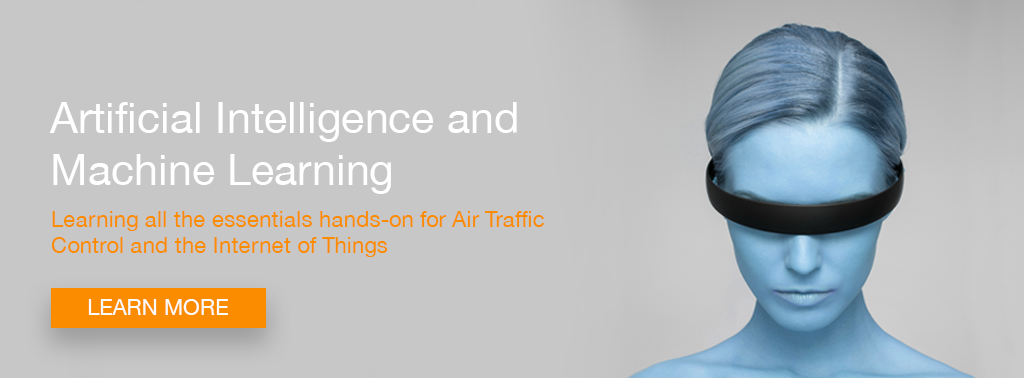After the Internet of Pages and the Internet of Services, now the Internet of Things is emerging. This article looks at the central role that radar is expected to find in many IoT applications.
Let us first understand what the Internet of things means.
The most simple and holistic approach to describe it is to say: It is a Mechatronic System system involving the Internet.
Mechatronic system
 A mechatronic system consists of 4 subsystems
A mechatronic system consists of 4 subsystems
- a sensing unit
- a processing unit
- an actuating unit
- and a mechanical unit.
The sensing unit senses, to get the input into the system. The processing unit does something with the inserted data. It may aggregate it with additional data, compute it, enhance it, etc.
The actuating unit turns the gained inside into action.
It might regulate something, or initiate a linear or rotatory movement (a motor for example).
Many systems also have a mechanical component. Something passive, which is moved or rotated by the actuator. But you may imagine such a system with only 3 or even 2 units. E.g., a sensor and a processor, and instead of an actuator, a screen simply displays something.
The 3 units (sensing, processing and actuation) are connected through some kind of communication (which my be electrical or digital signals)
Why including the Internet
For decades, mechatronic systems (from the coffee-machine to the automated factory) operated off-line, without connection to the outside world. These times are over.
We get the impression, that the internet sucks in everything. But why is that so? There is a whole list of reasons. Let me go to the important ones:
Compute power and storage
Our applications get increasingly intelligent. Machine learning and artificial intelligence need compute power. Data might need to be stored for subsequent analysis or aggregation.
Data aggregation and external data
We might want to aggregate data, e.g., with data from many other users to gain statistical evidence for our benefit, or enhance it with external data.
Scale and cost reduction
Instead of reproducing the complete compute and storage infrastructure in each thing, we might simply pool the compute and storage resource and benefit for the cost reduction through scale effects.
Miniaturization
Things are getting smaller. Imagine the little household robot carrying a trailer of the size of a dishwasher behind him, just to accommodate compute power and storage. We want to use only the necessary locally, and delegate everything else to the cloud.
Why is Radar a key sensor?
There is an ongoing almost ideological discussion on whether to prioritize radar or lidar. Both have their individual advantages and disadvantages, which we will discuss in depth in a different article. In short we can say that radar is smaller and less expensive than lidar. Lidar is more accurate [1]. The good news for students and experts: both are electromagnetic transceivers, following similar principles. So when you understand one, you understand the other one as well.
But why do we need it? In contrast to camera images and many other sensors, radar is able to provide quantitative data on distance and movement. When we multilaterate (e.g., with 3 radars or with one moving radar), we even get the position and through SAR a 3D image of the object. We could start adding beam-forming and even beam steering (a technology that was in the past rather used in attack technology).
Just think about VR glasses. Radar can produce your virtual keyboard, as it can measure which letter you are typing. I am sure you brain starts producing lots of potential applications. Great stuff. Now it the time to build them.
References and further reading
- [1] LiDAR vs. RADAR (2018), by Ann Neal




